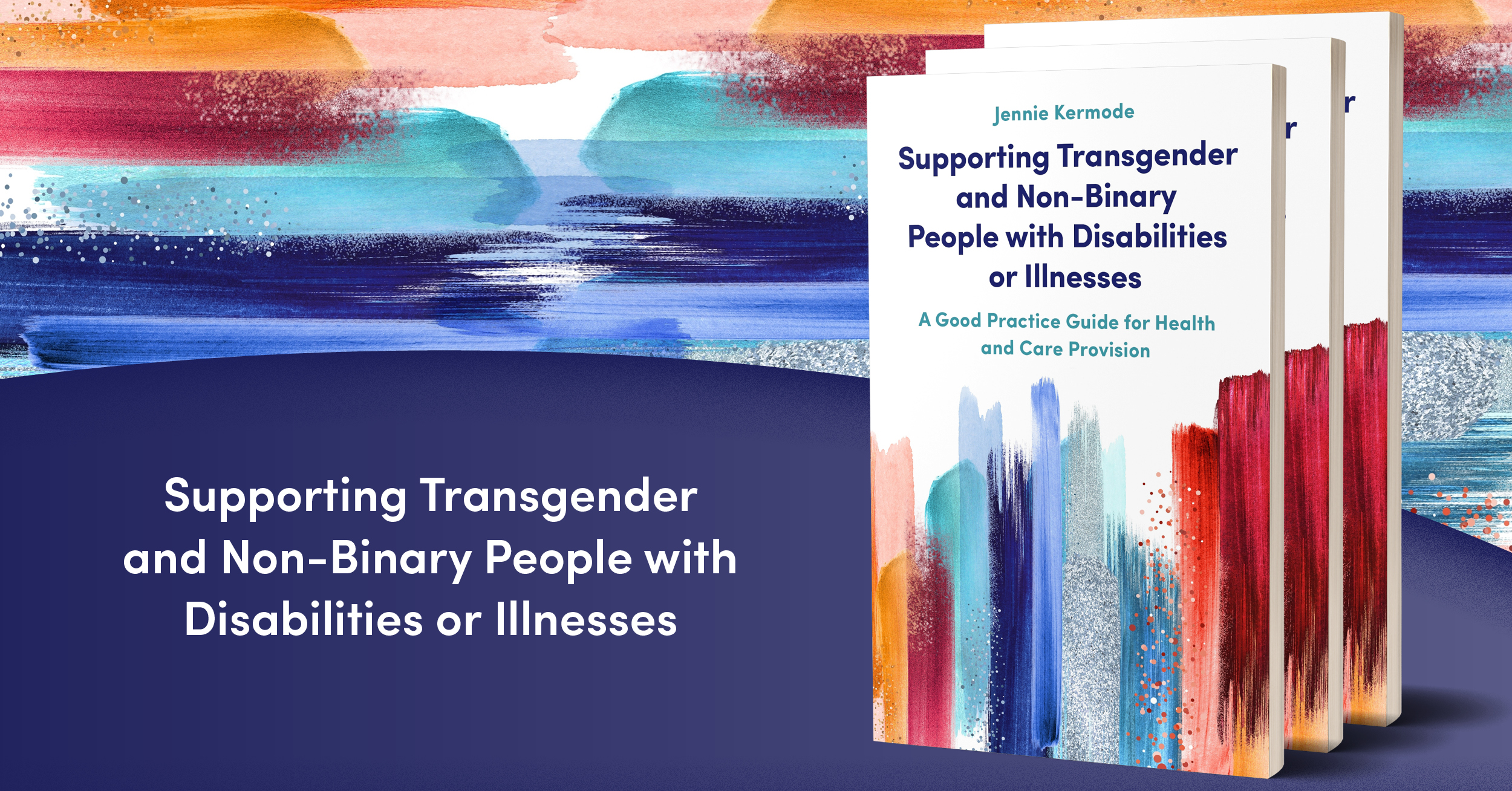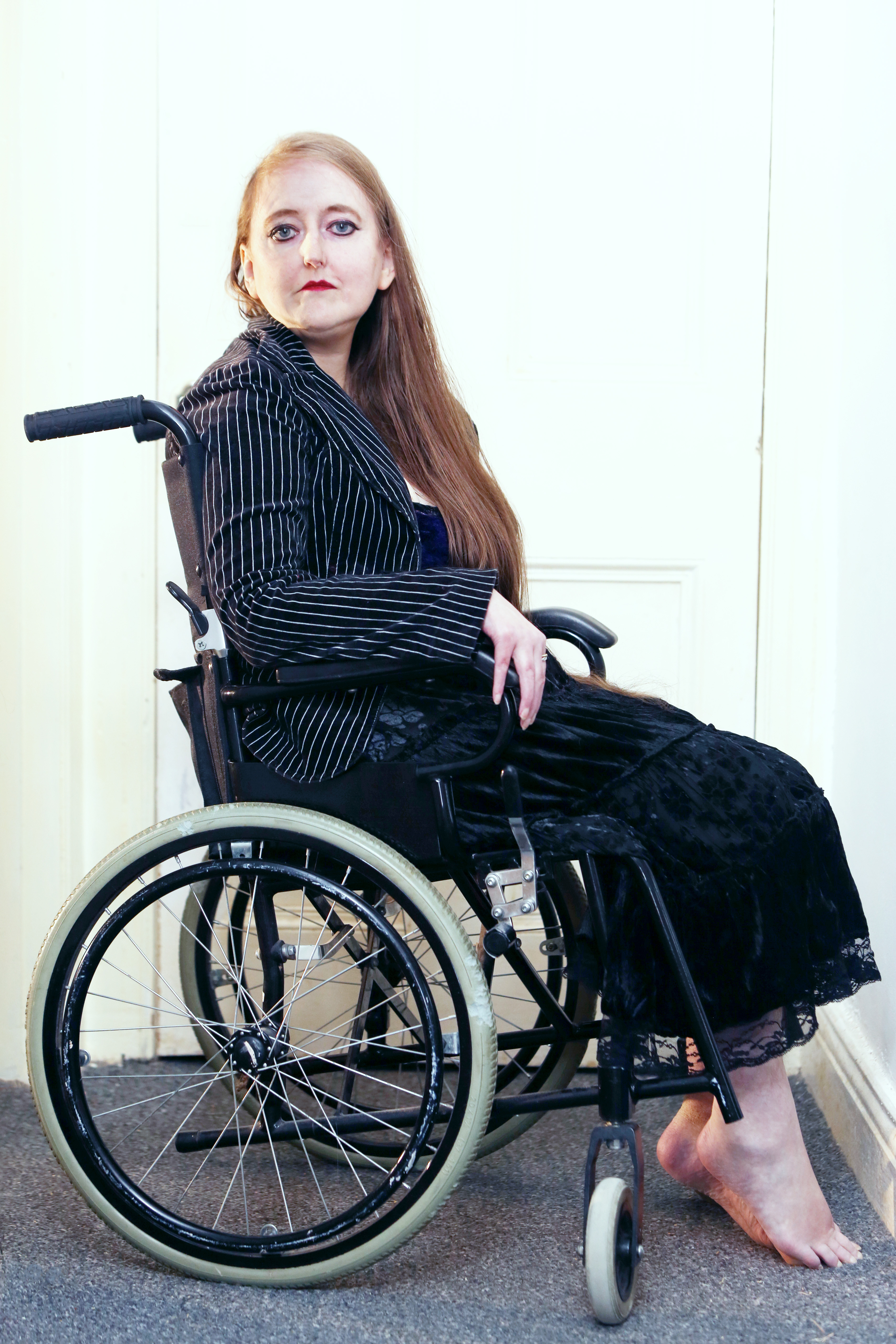
The official stats tell us that just under one in ten people in the UK is LGBT (though the much higher incidence among young people, where there’s also less prejudice, suggests that’s a low estimate). One in four is disabled. It should therefore not come as a surprise to anyone that a lot of people are both. Look around the scene, however, and you won’t see that. Even invisible disabilities are under-represented. What’s going on?
Unwrapping the issues around disabled people’s exclusion is no simple matter. Part of it is about the small size of the community, part of it about economics and part of it about prejudice and the defensive way that LGBT identities have historically been constructed. There’s also a fair amount of ignorance – if you’ve never spent much time in places where disabled people are better represented, you might not realise they’re missing. You may also not understand how seemingly minor decisions about how spaces and events are organised can shut them out.
Not enough to go round?
For all that we see big Pride marches in an increasing number of cities, the reality is that in a lot of places it’s hard to find enough people to keep regular social venues running. Whilst adding disabled people would help matters, business owners and community organisers are often reluctant to invest in access arrangements when they don’t imagine that many people will use them. Because LGBT people (with the exception of gay men) mostly have lower than average incomes, there isn’t a lot of money to support the scene, and this means that a lot of events are run in cheaper venues, many of which are up stairs, in basements or otherwise problematic for those with mobility impairments.
When it comes to events, access provisions like wheelchair spaces, hearing loops, sign language interpretation and quiet space all cost money, and for many organisers working with tight budgets they fall low on the list of priorities. Some events, such as the Scottish Queer International Film Festival, have invested heavily in access and demonstrated that it’s possible to prosper as a result, attracting larger audiences and boosting their reputation with sponsors, but many others are afraid to take the leap. When resources are strained, disabled people get left out in the cold.
Striving for perfection
Given that we grow up in a world where we’re often told we’re wrong or monstrous, and where that frequently extends to the comments people make about the way we look, it’s not surprising that a lot of LGBT people react by cultivating ideals of physical perfection or trying to present an image to the wider world that’s all about positivity, beauty and success. This can be hard on people who, whatever individual beauty they might possess, will never measure up to those ideals. The lesbian community has made efforts to address these issues but gay men who don’t look toned and trans people who will never ‘pass’ as cis often find themselves pushed to the margins – much more so those who are disfigured, emaciated by illness, unable to regulate their behaviour in a socially approved way, and so forth.
The LGBT community can be an unwelcoming place to people who can’t ‘overcome’ their illnesses or impairments to fit into positive narratives. Disabled people interrupt the escapism offered by LGBT spaces, and that may be one reason why virtual spaces can be as exclusionary as physical ones. This is a particularly big issue for people with impairments that affect their behaviour or ability to communicate, who often feel left out of online interactions. given how easy it is to end up isolated as a disabled person or as an LGBT person living n an area where there’s a lot of prejudice, this is a bigger deal than it might sound – especially for those whose impairments make it difficult for them to work, who may struggle to find any avenues for human contact.
The little things
When it comes to including disabled people, wheelchair ramps and lifts matter but they’re not the whole of the picture. The number one way you can help make things better is by inviting disabled people to tell you what they need. If you’re planning an event or looking for a new venue, make it clear from the outset that you want to get it right and that you welcome input from everyone who would like to attend. Little things like lighting levels, signage and access to drinking water can make all the difference to people who would love to be included and may have a great deal to contribute.
Being disabled can limit the way people are able to express themselves. Disabled trans people often struggle to express their gender through their bodily appearance. People who want to convey butch or femme identities may struggle to do so in the usual ways, but it doesn’t mean that their identities are any less real. It’s also worth noting that disabled people are no more likely to be asexual than anyone else. Naturally flirting is not obligatory (or necessarily wanted), but if there’s a mutual attraction it’s silly to write it off because of a back brace or a walking stick, and the question that disabled people hear all too often – can you have sex? – just shows a lack of imagination.
With more and more people now coming out as LGBT, it’s time to ditch old fashioned notions about what an LGBT person looks like and how they ought to live. When organisations claim to support LGBT people, they need to demonstrate that that means all LGBT people. When we argue that diversity is a strength, we need to live it.
Jennie Kermode is the author of ‘Supporting Transgender and Non-Binary People with Disabilities or Illnesses‘ and ‘Transgender Employees in the Workplace.’ She is a journalist, filmmaker, and Chair of Trans Media Watch & Content Director at Eye For Film.
You can follow her on Twitter – @Jennie_kermode

Photo credit: Max Crawford